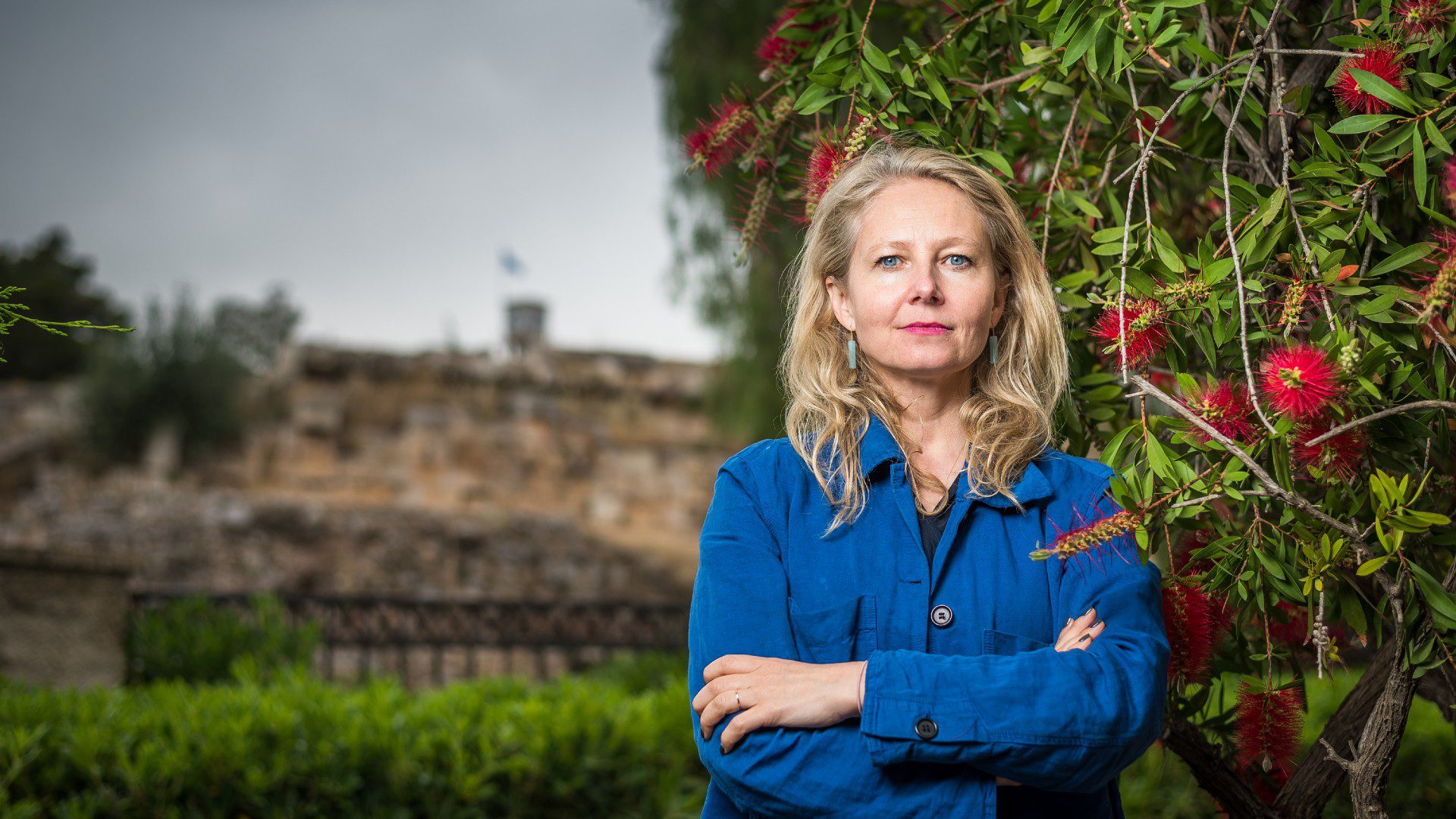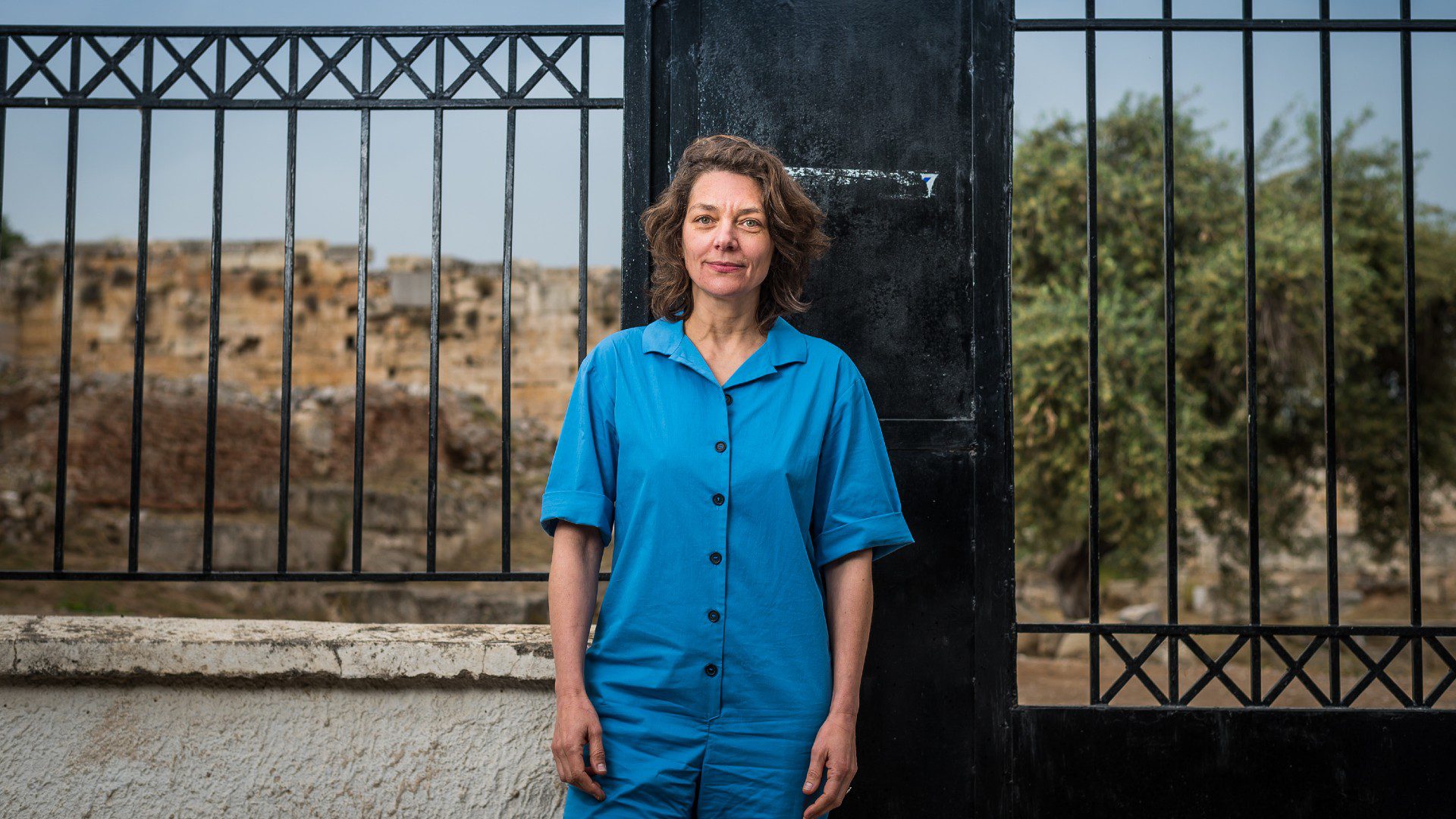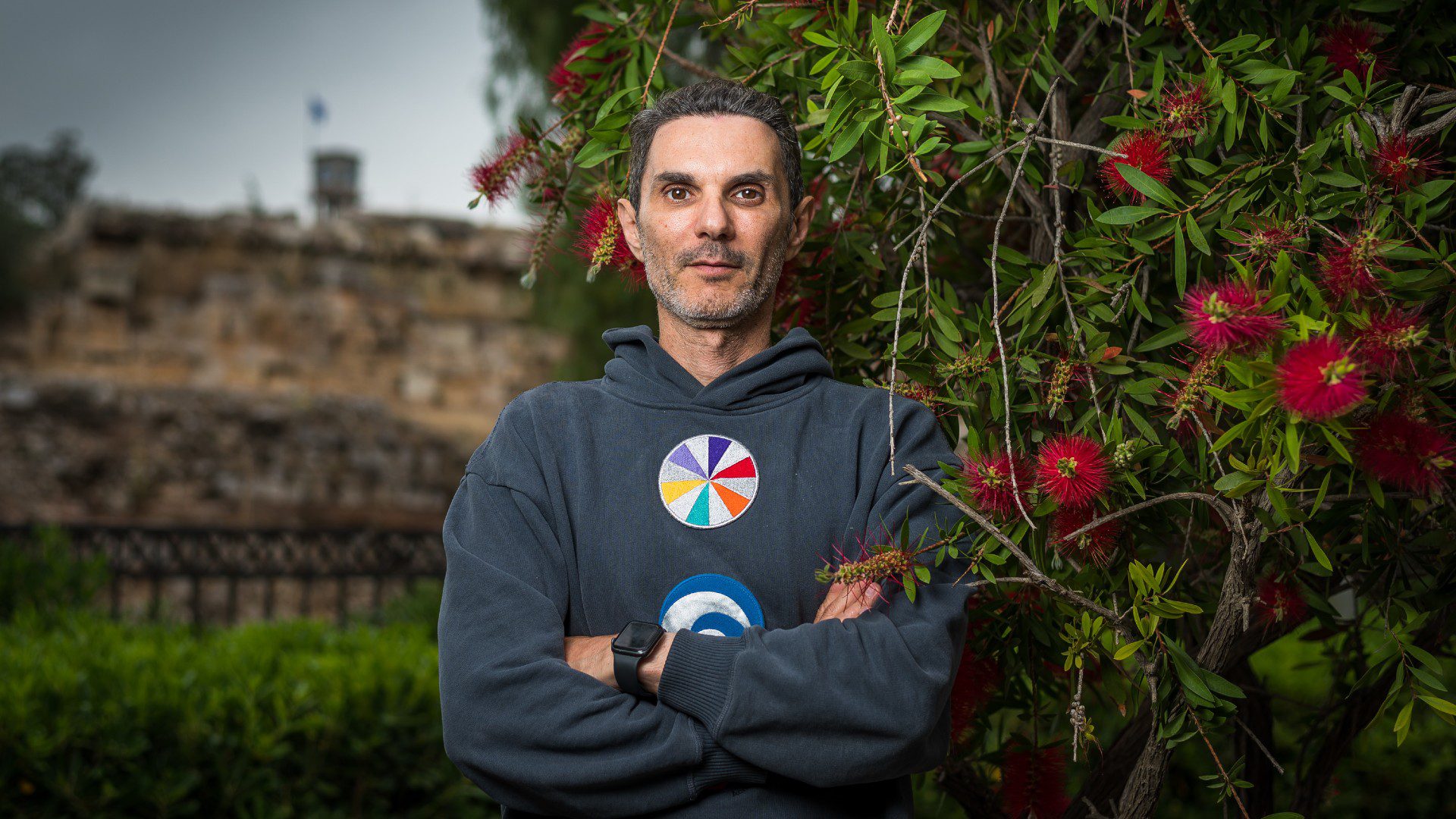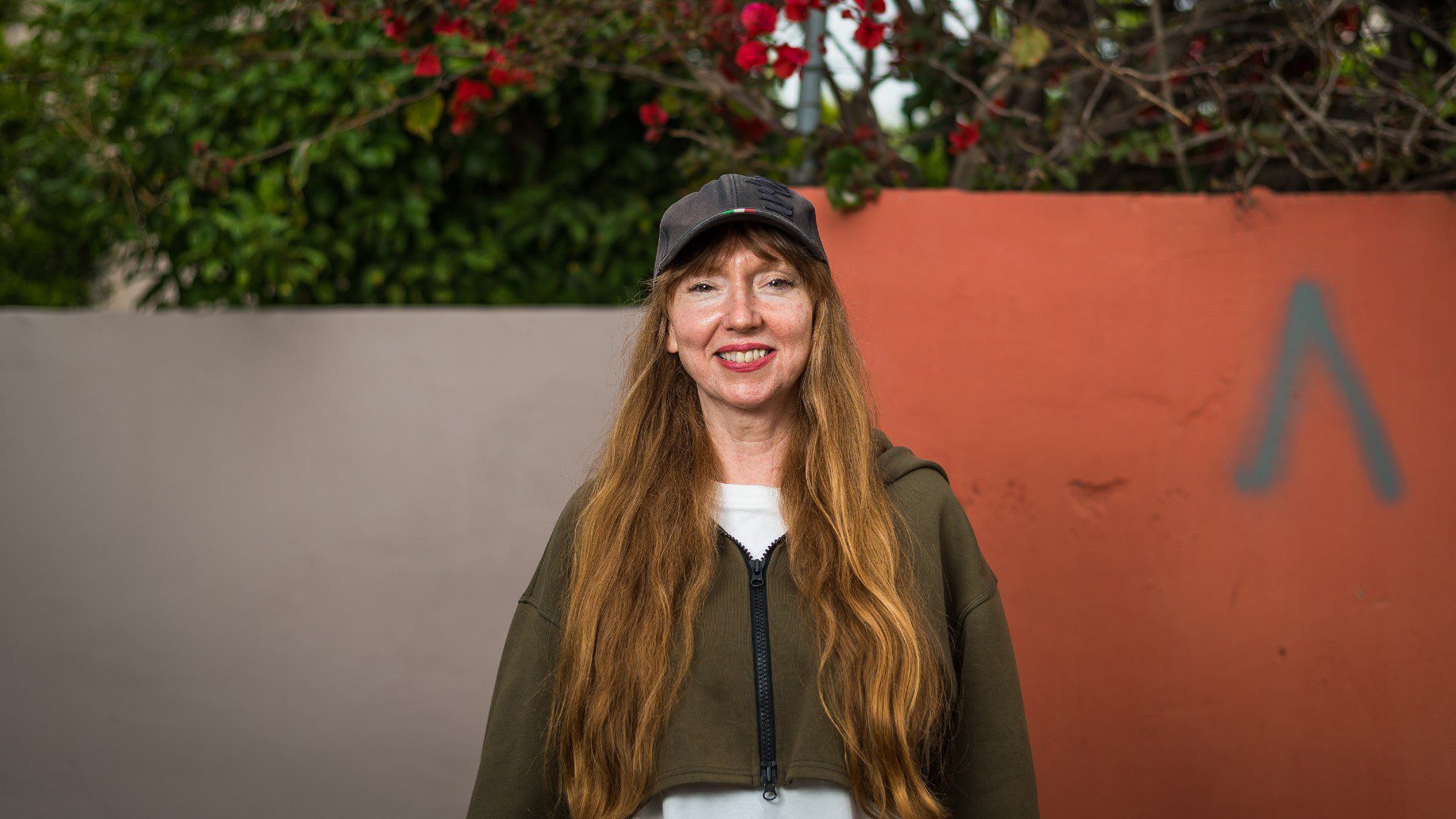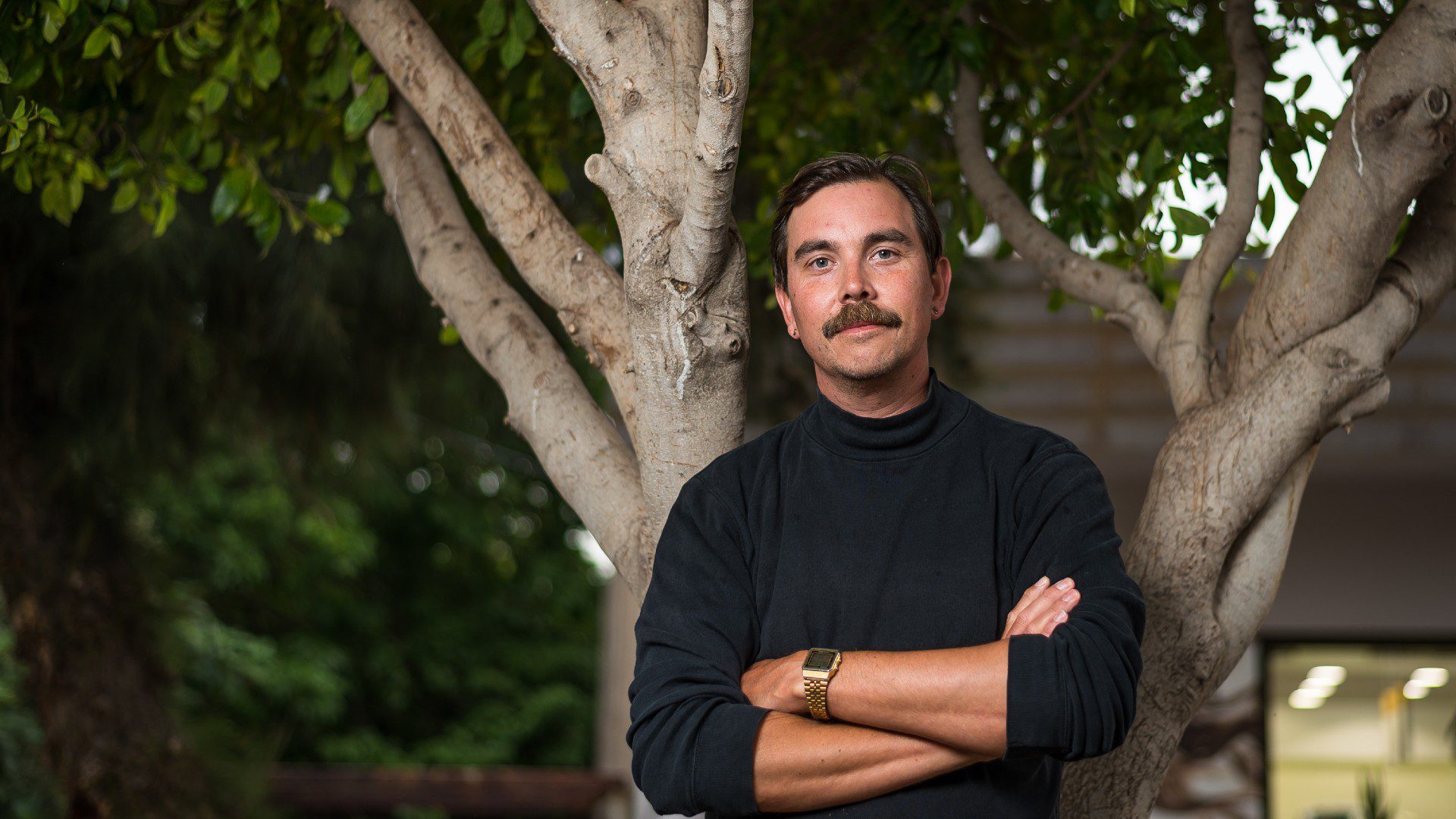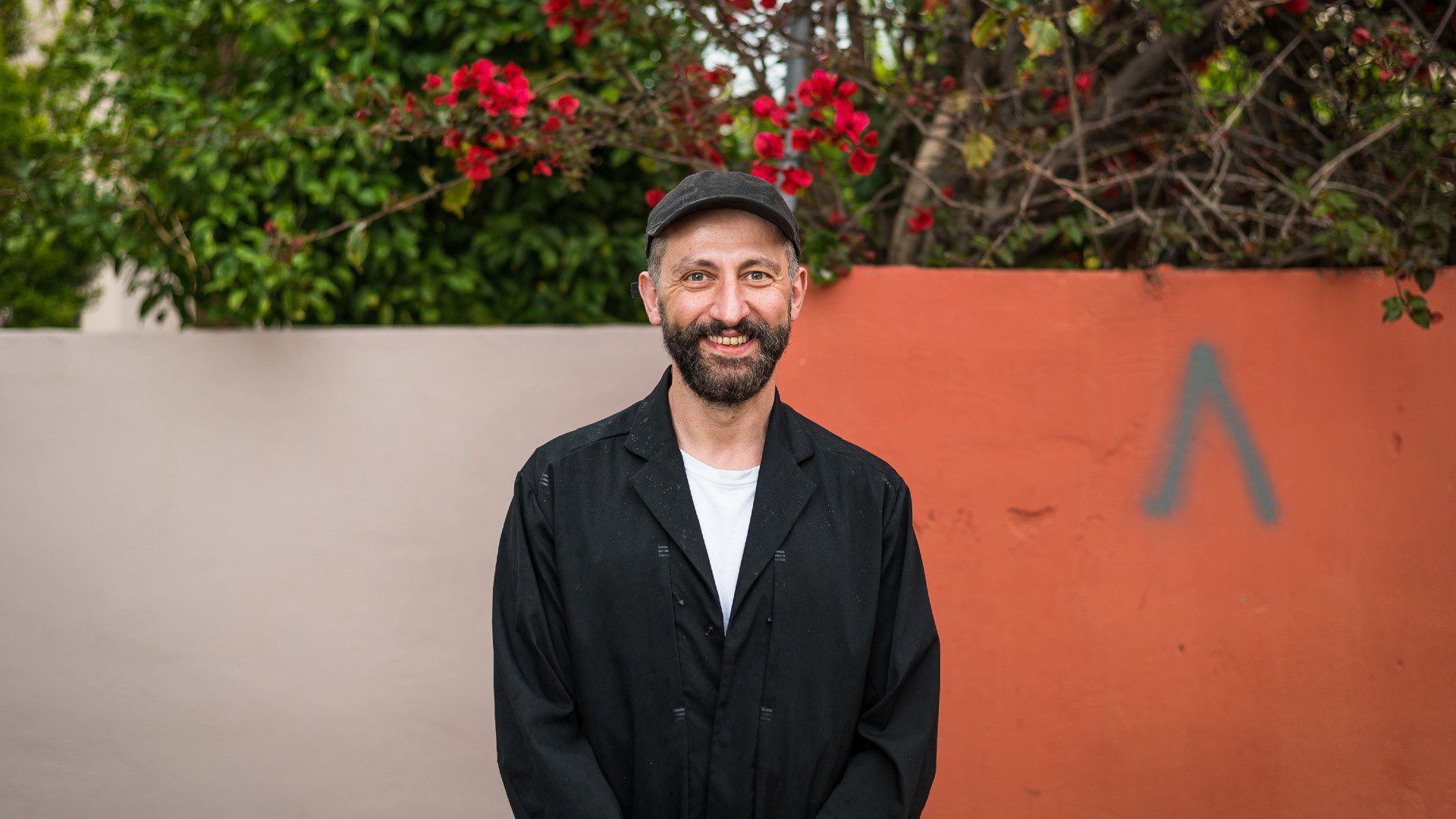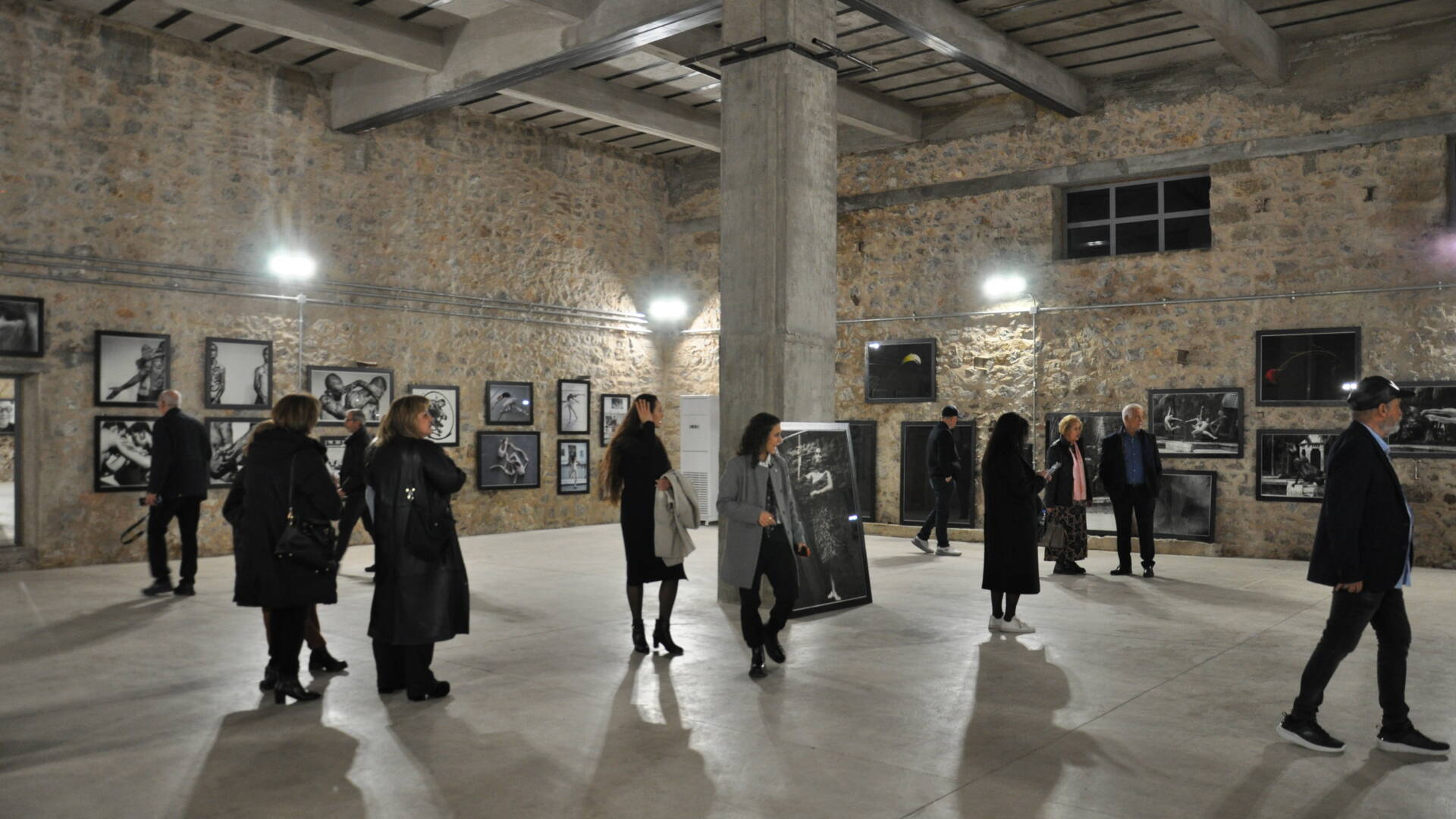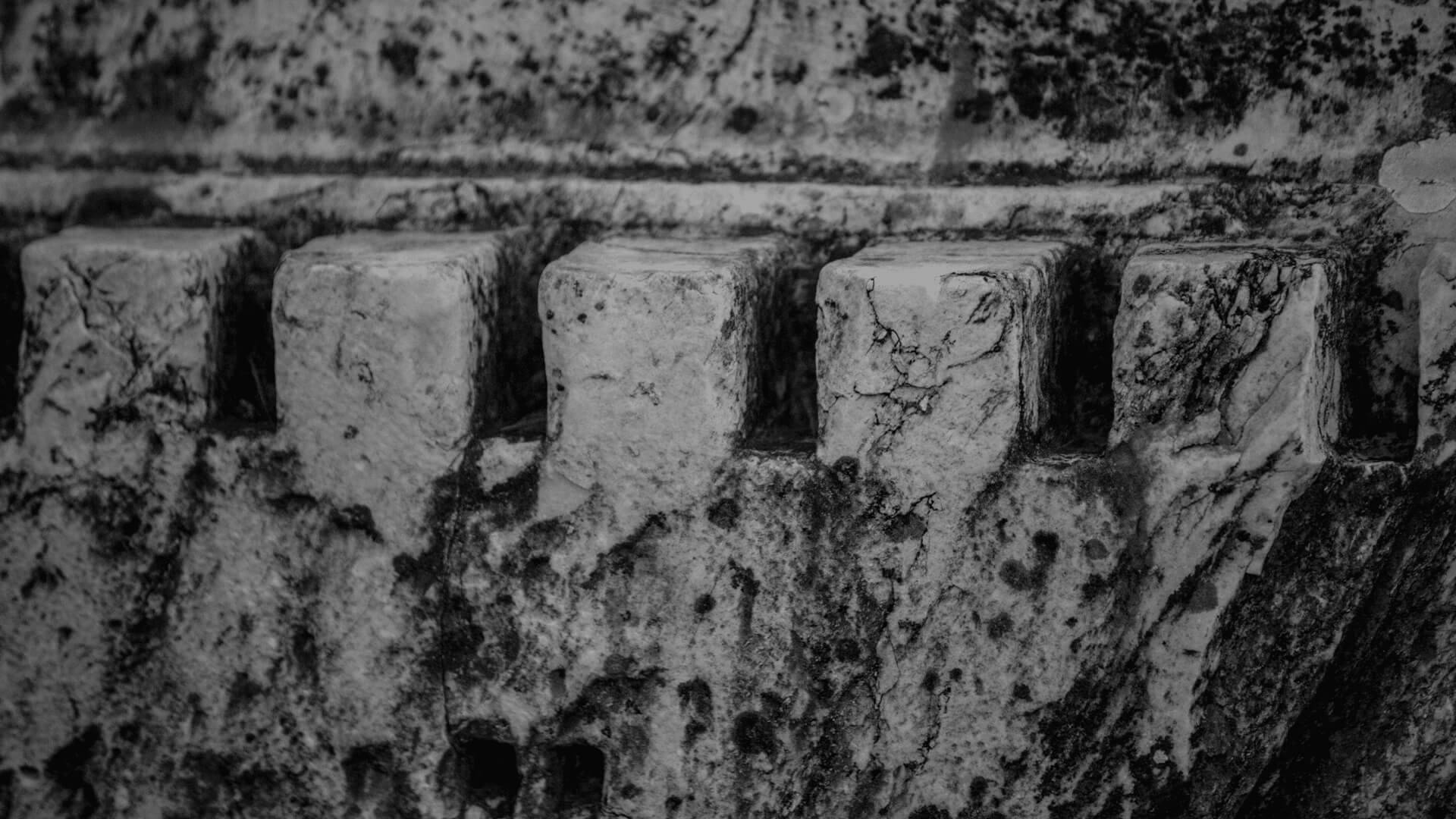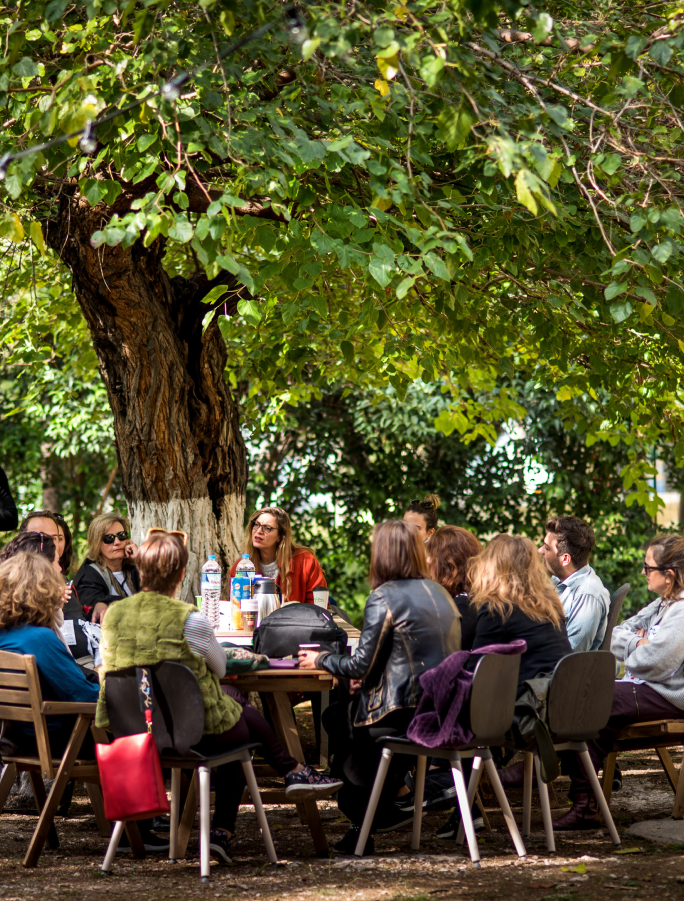Last May, the first part of the 3rd edition of Mystery 19 Visual Arts Initiator III – But Don’t Tell Anyone artist-in-residence programme in Elefsina was completed. The five artists selected to attend the programme together with five guest artists participated in visits to the archaeological site, presentations, workshops and one-to-one creative meetings, came into a first contact with the city, its past and present by the curator Joanna Warsza and the team of 2023 Eleusis, got to know each other, exchanged ideas.
A few more words about the guests artists:
Joanna Warsza
Joanna Warsza is an interdependent curator, editor, art writer and educator. She co-curated the Polish Pavilion at the 59th Venice Biennale in 2022, with the work of Małgorzata Mirga-Tas, the first Roma artist in any national pavilion. Since 2014, Warsza has been program director of CuratorLab at Konstfack University of the Arts. She has curated numerous biennials, city projects, exhibitions, and conferences, such as the 7th Berlin Biennale (as associate curator) or Public Art Munich 2018. Warsza works at the intersection of art and the public realm, engaging with such subjects as left-wing feminist histories, decolonisation in Eastern Europe, memory work, the cusp of art, activism, political desire and performativity, situated knowledges, and questions of asymmetries in socially engaged practices. With her background in gender, and performance studies, she often takes a dramaturgical approach to exhibition making, where time or context matter as much as space and form. Originally from Warsaw she lives in Berlin.
Heidi Voet
The multidisciplinary practice of Heidi Voet is concerned with the place of an individual in contemporary societies, and locating this within cultural, historical and universal narratives. The interconnectivity of these elements is evoked in her practice through the use of everyday objects which are placed in large scale installations, sculptures and performances, creating links between the singular object or individual, and larger entities. Informed by her transcultural experience of both residing in Europe and Asia, mass produced objects are remade, copied or crafted, as a way to convey the distribution of cultural legacies, value systems and time. With a humorous and playful approach Heidi Voet builds layered images which expose the properties of today’s material culture, while challenging fixed systems of power embedded within. Heidi Voet had recent solo exhibitions in Project Fulfill Art Space Taipei (TW, 2020); Sint-Lukas gallery Brussels (B, 2018); BANK Shanghai (CN, 2015); FLACC Genk (B, 2009). She participated in group exhibitions as Beaufort21 Triennale (B, 2021); Unfolding: Fabric of our life, CHAT Center for Heritage, Art and Textile Hong Kong (HK, 2019); PLAY, Kortrijk (B, 2018); How beautiful it is and easily it can be broken, S.M.A.K. Ghent (B, 2017); Why not ask again? 11th Shanghai Biennale, Shanghai (CN, 2016); The Morality Reflex, CAC Center for Contemporary Art Vilnius (LT, 2016); and Un-Scene, Wiels Brussels (B, 2008).
Angelo Plessas
Angelo Plessas lives and works between Athens and Kymi, Greece. He is an artist, educator, curator, and founder of the independent artist’s space P.E.T. Projects in Athens. His work investigates the ambiguous approach of spirituality with technology delving into a broad set of cosmologies, activating modes of communal interconnectivity, social relations, and semiotics of ancient and cybernetic worlds. Plessas’ activities become technoshamanic performances to artist residencies; from self-publishing to interactive websites; from quilted sculptures to neon installations. Over the last few years, he has organized the annual, weeklong gatherings of the Eternal Internet Brotherhood/Sisterhood and Experimental Education Protocol in different remote places in the world. His work has been exhibited internationally such as at the recent 8 th Thessaloniki Biennale, the 13th Gwangju Biennale, S. Korea, documenta 14, both in Kassel and Athens; The Museum of Contemporary Art in Chicago, the Jeu de Paume, Paris; the DESTE Foundation, and the National Museum of Contemporary Art, Athens. Plessas is a Fulbright alumnus, and he has been awarded the DESTE Prize in 2015.
Susan Philipsz
Susan Philipsz was born in Glasgow, Scotland, in 1965. Philipsz’s work explores the psychological and sculptural dimensions of sound, with recordings of her voice and a variety of reworked musical compositions. Interested in the power of sound to trigger emotion, Philipsz responds to the architecture and history of the spaces in which her pieces are installed; her works prompt introspection and an examination of personal and collective memories, losses, and yearnings. Philipsz received a BFA in sculpture from Duncan of Jordanstone College in Dundee, Scotland, in 1993 and an MFA from the University of Ulster in Belfast in 1994. Her awards and residencies include an Honorary Doctor of Laws, University of Dundee, Scotland (2017); Turner Prize (2010); shortlist for Glenfiddich Spirit of Scotland Award (2010); Kunst-Werke Berlin Artist Residency (2002); and MoMA PS1 Fellowship (2000). She has had major exhibitions at Hamburger Bahnhof (2014); Museum of Modern Art (2013); Carnegie Museum of Art (2013); documenta 13 (2012); Museum of Contemporary Art, Chicago (2011); Institute of Contemporary Art, London (2008); 55th Carnegie International (2008); and Skulptur Projekte, Muenster (2007). Philipsz lives and works in Berlin.
James Bridle
ΟJames Bridle is a writer, artist and technologist. Their artworks have been commissioned by galleries and institutions and exhibited worldwide and on the internet. Their writing has appeared in magazines and newspapers including Wired, the Atlantic, the New Statesman, the Guardian, and the Financial Times. They are the author of ‘New Dark Age’ (2018) and ‘Ways of Being’ (2022), and they wrote and presented “New Ways of Seeing” for BBC Radio 4 in 2019. Their work can be found at http://jamesbridle.com.
Γιώργος Σαπουντζής
Yorgos Sapountzis was born in 1976 in Athens, Greece. Ηe lives and works in Berlin, studied Fine Art at Berlin University of the Arts and University Conservation of Antiquities and Works of Art at Athens School of Fine Art. Sapountzis’s multi-media work engages both public and private spaces, taking often as his starting point public monuments and everyday images, objects that represent some aspect of collective and personal memory. At the core of most of his works are sculptural installations that employ such materials as aluminum sheets and rods, brightly colored fabric, pins, knots and straps. The daily encounter with the materials and objects that he comes across in his routes, reconstruct within the works, the scenography of a city. Buildings, machines, bodies, all generate power, heat; only the fluidity of the memories rescues his personal narrative. The closed nervous system of the city with the countless images in high resolution dominates and imposes. Within this inhospitable condition, the abstract precedes as an imperative need. Recent solo shows include Freymond-Guth Fine Arts, Zurich (2015); Barbara Gross, Munich (2014); Arnofini Gallery, Bristol (2013); Isabella Bortolozzi, Berlin (2011); Simone Subal Gallery, New York (2011); He has participated in noumerous group shows in museums and institutions as 57. La Biennale die Venezia (2017); Kunsthaus Hamburg (2015); The Kitchen, New York (2014); Frankfurter Kunstverein, Frankfurt/Main (2013); Centre Pompidou, Paris (2013); Kunsthaus Bregenz, Austria (2012); Louisiana Museum of Modern Art, Copenhagen, Denmark (2012); Kunstverein Bonn, Germany (2012). He is represented by Barbara Gross in Munich, Freymond-Guth Fine Arts in Zurich, Eleni Koroneou Gallery in Athens, Simone Subal Gallery in New York.
Check more here about Mystery 19 Visual Arts Initiator.
